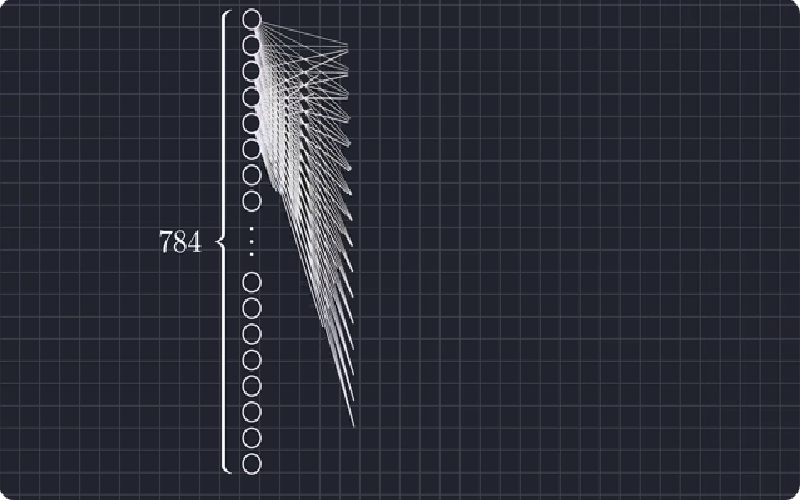AI in agriculture and farming
Introduction to AI in Agriculture and Farming
AI in agriculture and farming is the application of AI (artificial intelligence) technology to various processes in the agricultural industry, including both crop production and animal farming. AI has the potential to revolutionize agricultural production by enabling farmers to optimize their yields through automation, precision engineering, gene editing, analytics, and improved decision making. This technology can allow for precise precision weeding, optimized irrigation strategies and optimal harvesting strategies that reduce environmental impacts or increase yields. In addition, it can also be used for automated pest monitoring and control, enhanced livestock management systems with real-time health monitoring 16-19 of animals from across a farm,Climate sensing technologies with early detection of disease outbreaks or changes in soil nutrition over areas as large as thousands of acres. AI can also help farmers increase efficiency and speed up their operations while reducing costly errors. Finally, AI-driven agtech solutions are being developed to facilitate personalized nutrition plans tailored around individual consumer requirements. These solutions promise to create more sustainable food systems that work better for everyone involved—from producers to processors right through to consumers at the retail level.
Advantages and Challenges of AI-Driven Farming
Advantages of AI-driven farming include improved access to data, more efficient crop management, and a decrease in labor costs. With the help of AI, farmers are able to monitor their crops in real time and can make decisions about when to sow, irrigate and harvest based on data collected from their fields. This makes it possible for farmers to increase efficiency and improve quality control. AI also helps reduce labor costs as machine learning algorithms can be used to automate tasks such as weeding, spraying pesticides, and seed planting.
See also AI in predictive analytics
On the other hand, there are some challenges posed by the integration of AI into farming. Data privacy is an important concern as farmers’ data can be vulnerable when shared with third parties such as cloud service providers or data brokers. Additionally, AIs may not be able to understand or work around extreme weather conditions that drastically alter agriculture tasks on any given day. Moreover, training algorithms in agriculture requires large datasets which could have issues regarding bias and accuracy levels due to variability between weather patterns as well as soil types across different locations. Finally, using AI technologies could introduce additional economic uncertainty for small-scale farmers who need capital investment upfront in order to implement them successfully.
Applications for AI in Agriculture
AI in agriculture and farming is transforming the agricultural industry. Through the use of AI and precision agriculture, growers can drastically improve their productivity, reduce costs, and increase sustainability in their operations. AI can be used for a variety of agricultural applications including detecting yield-killing diseases, optimizing crop data and soil analysis, assessing optimal planting patterns, improving irrigation efficiency and forecasting weather patterns.
AI technology can help producers detect specific plants or crops that are most vulnerable to disease as they develop throughout the growing season. AI robots can also survey crops more efficiently than humans, reducing labor costs while providing accurage data on crop growth. By managing soil analysis more effectively with AI systems such as drones, farmers can optimize fertilizer application in order to reduce leaching and runoff. Farmers are also using AI to analyze past yields to identify optimal planting patterns and spacing for different crop varieties. This allows farmers to maximize their land use with less waste by planting only what is needed for optimal yields. Additionally, artificial intelligence technology helps farmers save time and money by automating numerous processes commonly done manually such as irrigation scheduling, monitoring feeding practices of livestock or predicting damage from hail storms and floods. AI-based forecasting tools have also been designed to provide accurate predictions on future weather conditions which can help farmers make decisions about when to plant or harvest. With the profound possibilities of applying AI in agriculture, farmers pull away from monotonous manual labor towards higher efficiency farms- saving time, increasing crop prices and sustaining healthy environments for the future generations to come.
See also AI in e-commercePreparing for the Future
The agricultural industry is no stranger to disruption and radical changes, whether it be through advances in technology, the adoption of new farming methods or changing consumer tastes. In recent years, the emergence of artificial intelligence (AI) has given rise to an exciting pathway forward for farmers: smart farming. Smart farming incorporates AI in order to help farmers make better decisions about their crops, soils, and livestock and increase yields with minimal disruption to the natural environment. Using smart farming systems such as drones and satellites equipped with AI-run sensing technologies, farmers can quickly detect crop diseases; optimize irrigation levels; determine optimal growing conditions for a particular crop; monitor soil moisture content; analyze cost considerations; keep track of any pests that may be present on the farm; and much more. With this detailed analysis comes tailored recommendations for each individual farm which can be put into action almost immediately – something that was impossible until just a few years ago!
Smart farming also has potential applications beyond managing soil, crops and livestock. For example, machine learning algorithms coupled with image recognition tech can assess quality control while analyzing harvested produce. AI algorithms can forecast market trends, giving farmers access to customized advice and improving overall economic prospects as well. Additionally, self-driving tractors equipped with vision systems and GPS navigation can autonomously work fields while data acquisition bots autonomously collect data from farms in order to develop higher precision analytics models which could further improve yield predictions over time. All these innovations are proving invaluable when it comes to cutting costs while simultaneously maximizing efficiency – something that can only benefit both farmers and consumers alike!
See also AI in data analysis
